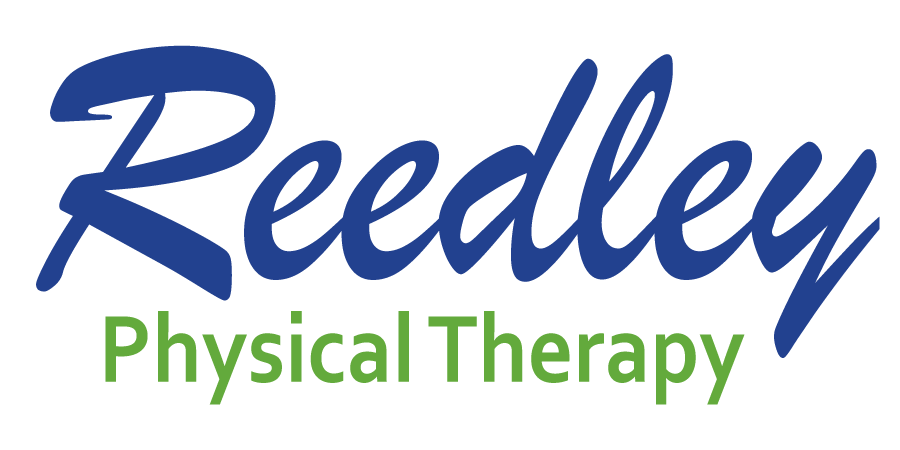Movement is Medicine: The Growing Trend of Impatience
When I was working with my patients this week, I was reminded of a blog post by a fellow physical therapist who wrote about the increasing impatience of so many of our patients. At one time, I may have thought the impatience I noticed was a local phenomenon, but it is becoming increasingly clear that a shift seems to be happening across the country – specifically with respect to the expected speed of recovery from injury. The desire to be better the second you decide to do something about an injury you’ve experienced is completely understandable, even if completely unrealistic. In fact, a silver bullet answer may not even be in your own best interest, as we will discuss further.
From the ‘greatest’ generation, to millennials, we are all living in the culture of NOW. We have instant access to communication, news, and videos….we don’t even need to wait in line for Starbuck’s anymore, just order on the app and pick it up whenever you want. All this convenience is wonderful, of course, but like everything in life, it doesn’t come without a cost. One cost may be the loss of our collective ability to have patience and invest in ourselves in a way that doesn’t provide immediate results.
The injuries and pain that most of us sustain over our lives are almost always caused by a variety of smaller problems that have slowly and quietly accrued until an injury is sustained that is so significant that it cannot be ignored. If people did seek treatment at the first sign of even a minor issue, an accelerated recovery may be possible, but for problems that arise over the course of months or years, a fast recovery is probably not realistic. The reason that it is not just unrealistic, but is undesirable, is that a hasty recovery often forgoes the comprehensive evaluation and treatment that is truly required to facilitate a complete recovery, instead of just the resolution of pain. In addition, injuries can force us to change our habits – even workout routines – and work on less exciting components of wellness that are often even more critical than setting your next PR (see previous articles posted on the importance of breath work and core stability).
The responsibility of shifting your mindset falls also on the shoulders of the health care providers you are working with. Your doctor or therapist should set out very realistic expectations and a clear prognosis for any injury you have, they should provide a clear path to improvement, maximize the value of each treatment and offer suggestions on complementary or replacement workouts while you may be limited from your usual workout. Most of all, they should remind you to HAVE PATIENCE; the more time you spend making a full recovery now, they less time you will spend injured over the course of your life.
If you have any questions about this article, or want to find out more about scheduling a nutritional consultation, contact Dr. Chris Telesmanic, PT, DPT, OCS at chris@reedleyphysicaltherapy.com. Learn more about movement, fitness and health in this space each week or by visiting www.alliancehealthfresno.com, or calling 478-5833.
This article first appeared in the Hanford Sentinel, Movement is Medicine column, written by Alliance Health.


